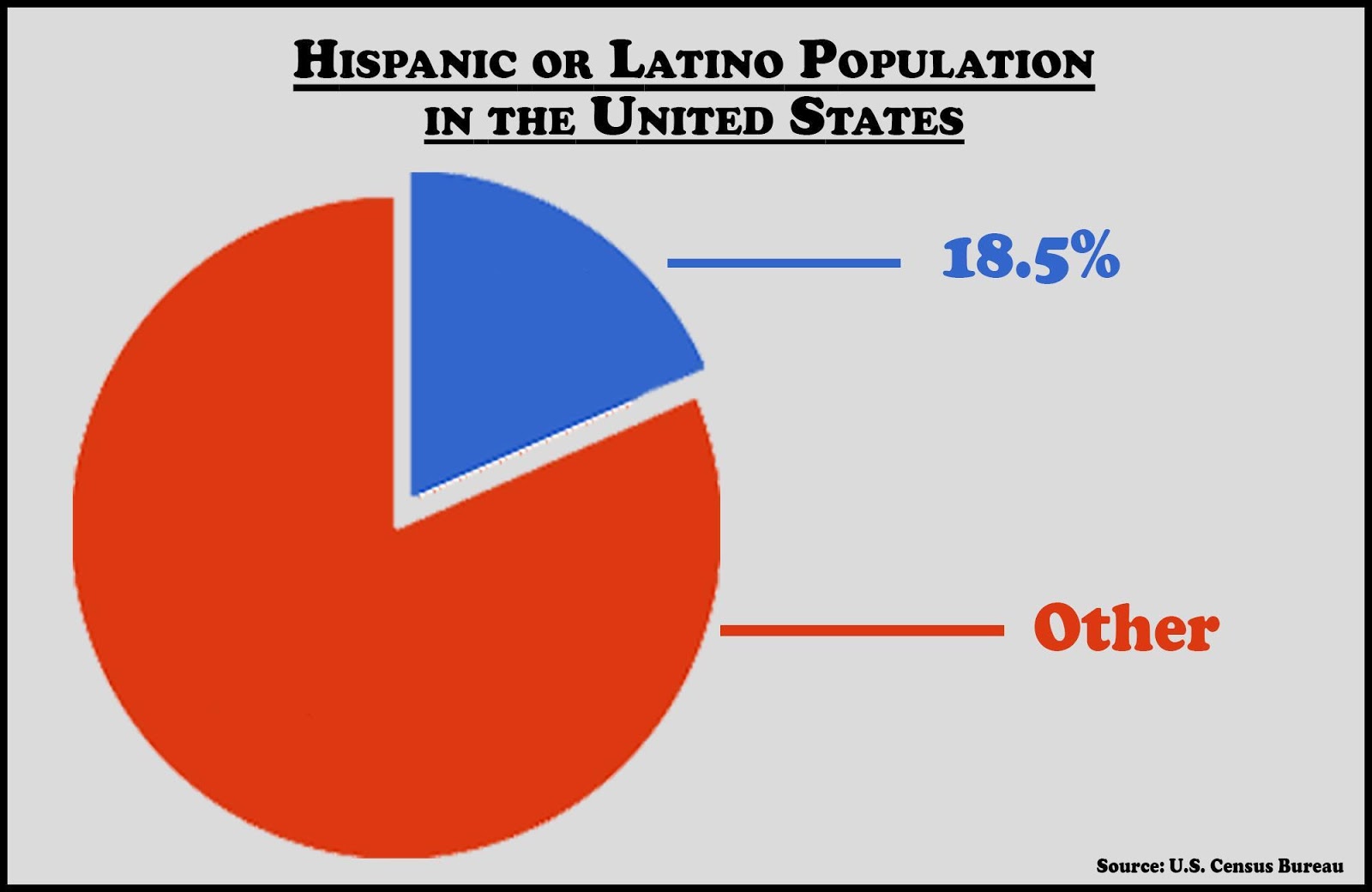
Paulina Longoria | THE RIDER
“Yo no soy marinero. Yo no soy marinero. Soy chicano, soy chicano, soy chicano,” are part of the lyrics of the song “La Bamba Rebelde” from the Chicano band Las Cafeteras, whom attendees listened to at the beginning of “The People Series” Zoom meeting.
Last Tuesday night, the UTRGV’s Center for Diversity and Inclusion hosted its first “The People Series” in collaboration with the Center for Mexican American Studies via Zoom.
The Center for Diversity and Inclusion purpose is to “support culturally based affinity groups, enhance programming that builds cultural competence and civil discourse, and provide direct support to students,” according to its website.
For its students, the Center for Mexican American Studies “provides programming, research opportunities and community engagement in the field of Mexican American Studies,” its website states.
Aaron Hinojosa, CDI’s program coordinator, said “The People Series” goal is to learn together about people.
“I think bringing people to the [Zoom] room and creating that safe space for people to either share knowledge, share resources, talk about their experiences, and just learn from each other … that’s the basic idea of this,” Hinojosa said.
“Is it Hispanic? Latino? Latina? Latinx? Latin@?” was the topic of the series conversation.
After attendees registered for the event on VLink, they received the Zoom link along with an email with resources, such as articles, videos and comics to be prepared for the conversation and share their opinions.
Stephanie Alvarez, CMAS’ director and an associate professor for the School of Interdisciplinary Studies & Community Engagement, said in the Rio Grande Valley the preferred term to identify the race is Hispanic.
“My perception in the 15 years that I’ve been here is that the first term that comes to people’s mind is Hispanic,” Alvarez said.
She also said the most important thing about identity is to empower yourself in the way you feel comfortable without appropriating other people’s cultures.
“I just think it’s really about empowering yourself, that you take ownership and are not letting other people determine how you are labeled,” Alvarez said.
Hinojosa encouraged the more than 20 participants in the meeting to introduce themselves and answer questions he provided:
–Which terms are you familiar with before this session and how did you come to learn about them?
–What did you learn from any of the resources?
–How do you choose to identify now considering what you have learned?
–How does this learning apply to other racial or ethnic identities?
–What are your thoughts on the history of a term?
–Any takeaways?
Alvarez said the No. 1 question she was asked while growing up, and even as an adult, is “What are you?”
“That question is very dehumanizing,” she said. “There’s this tendency … especially in the United States … to want to identify somebody’s race and this inability to do so. That causes this anxiety in people in wanting to know what you are.”
Luis Torres-Hostos, dean of the School of Social Work, said identity by definition means a choice.
“You make a choice, and I think what we’re learning is that there is a degree of empowerment in making the choice for myself,” Torres-Hostos said. “But then with that choice also comes the fact that I either exclude myself from other groups or that somebody else is gonna exclude me.”
He shared his experience in the United States as a Puerto Rican. Torres-Hostos remembered that some Puerto Ricans once told him he doesn’t sound like a puertorriqueño, to which he angrily exclaimed, “What the hell does a Puerto Rican sound like, anyway?”
“Even when you’ve made a choice and you have grown comfortable with that choice, there’s the piece that at some point in the journey, somebody else is gonna tell that “You’re not enough of this,’” he said. “You’re not Black enough or you’re not Mexican enough.”
Hinojosa pointed out the question in the 2020 Census for people to identify their race specified: “Select one or more boxes AND enter origins. For this census, Hispanic origins are not races.” The options to select were White, Black or African American, American Indian or Alaska Native, Chinese, Filipino, Asian Indian, Vietnamese, Korean, Japanese, other Asian, Native Hawaiian, Samoan, Chamorro, other Pacific Islander, or some other race.
“Even I was, like, ‘What do I do?’” he said. “Am I white? I’m not white. And then, am I? So then it’s, like, OK, this is too complicated, ‘What do we pick?’”
Alvarez said Hispanics and Latinos are racialized in a way that they are not white.
“That is what makes those census questions absurd … because that is not how we’re treated,” she said.
Alvarez also said she believes UTRGV, as a Hispanic-serving institution, should require students to take a class in Mexican American Studies regarding demographics.
“It’s necessary to know who you are to begin to know who you are, your history and your roots, so that you can empower yourself to make better personal choices,” she said.
Hispanic Serving Institutions are institutions of higher education that enroll at least 25% Hispanic students.
To end the event, Hinojosa played “Bidi Bidi Bom Bom” by Mexican American singer Selena.






